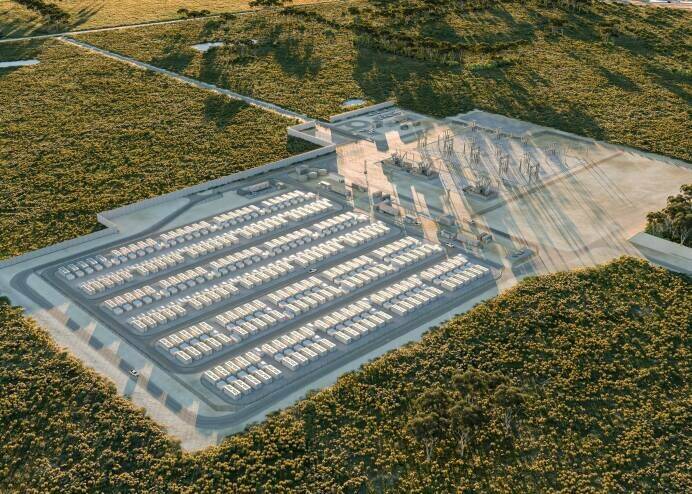The project includes the design and construction of the 500kV MREH, Plumpton Renewable Terminal Substation and installation of a 1.75km, 500kV underground cable, which will connect the battery energy storage system (BESS) to the grid at the existing Sydenham Terminal Station.
The 600MW/1,600MWh MREH battery storage project is owned and being developed by Singapore-headquartered renewable energy investor and developer Equis in partnership with the State Electricity Commission (SEC), an entity owned by Victoria.
Lumea executive general manager Craig Stallan highlighted that the project is “important” to the state of Victoria and will play a vital role in stabilising the grid as more variable renewable energy generation sources connect.
“The accelerated development of the MREH plays a key role in meeting Victoria’s ambitious timeline of renewable energy and net zero targets. We are working to safely connect this enormous battery to the grid, improving system strength and enabling access to renewable, affordable and reliable energy for consumers.” Stallan added.
Equis received Commonwealth government approval for MREH in October 2023, although its output and capacity were given at 1.2GW/2.4GWh in approvals granted by minister for the Environment and Water Tanya Plibersek.
In November 2023, the SEC invested in the hub to help progress its development with eyes to unlock 4.5GW of renewable energy projects. MREH is expected to cost in the region of AU$1 billion (US$660 million).
Victoria’s minister for the State Electricity Commission (SEC), Lily D’Ambrosio, was on site to welcome the delivery of the transformers for the MREH.
MREH to utilise Tesla Megapacks
Construction on the MREH, touted as one of the largest BESS projects in Victoria, started in September 2024, with the installation of the first of 444 Tesla Megapack battery components.
Tesla’s Megapack is an integrated solution that includes lithium-ion batteries, a power conversion system (PCS), thermal management, and controls. With increased demand globally for the technology, Tesla’s Megapack factory in Lathrop, California, is scheduled to ramp up to 40GWh annual production capacity by the end of 2024, as previously reported by Energy-Storage.news.
MREH is anticipated to be operational in 2025 and will comprise three separate BESS containing Tesla’s Megapack solution.
Tesla’s Megapack solution is being used across numerous utility-scale sites in Australia. For instance, state-owned generation company CS Energy is using Tesla Megapack 2XL units for its 200MW/400MWh Greenbank BESS in Logan, Queensland.
Construction on the AU$300 million BESS started in late 2023 and is anticipated to be completed and operational in 2025. It will provide stability to the National Electricity Market (NEM) by dispatching stored energy when peak demand kicks in.
This technology also featured in CS Energy’s first BESS project, the 100MW/200MWh Chinchilla site, which went into operation in August 2024.
MREH to connect to three Renewable Energy Zones
Another key aspect of the MREH development is that it will be directly connected to three Renewable Energy Zones (REZ), allowing more energy to connect to the grid. REZs have been labelled as the equivalent of modern-day power stations.
Six are currently being explored across Victoria, including Murray River, Central North, Ovens Murray, Gippsland, South West, and Western Victoria. These projects aim to unlock around 10GW of new capacity.
REZ will also play a significant role in withdrawing coal-fired power stations across the NEM, which has resulted in these zones playing a substantial role in New South Wales, Victoria and Queensland’s energy transition.
As reported by Energy-Storage.news earlier today (20 January), state-owned energy Energy Corporation of New South Wales (EnergyCo) revealed last week that it had formally increased the size of the Central-West Orana West REZ to 7.7GW of renewable energy generation and energy storage.

